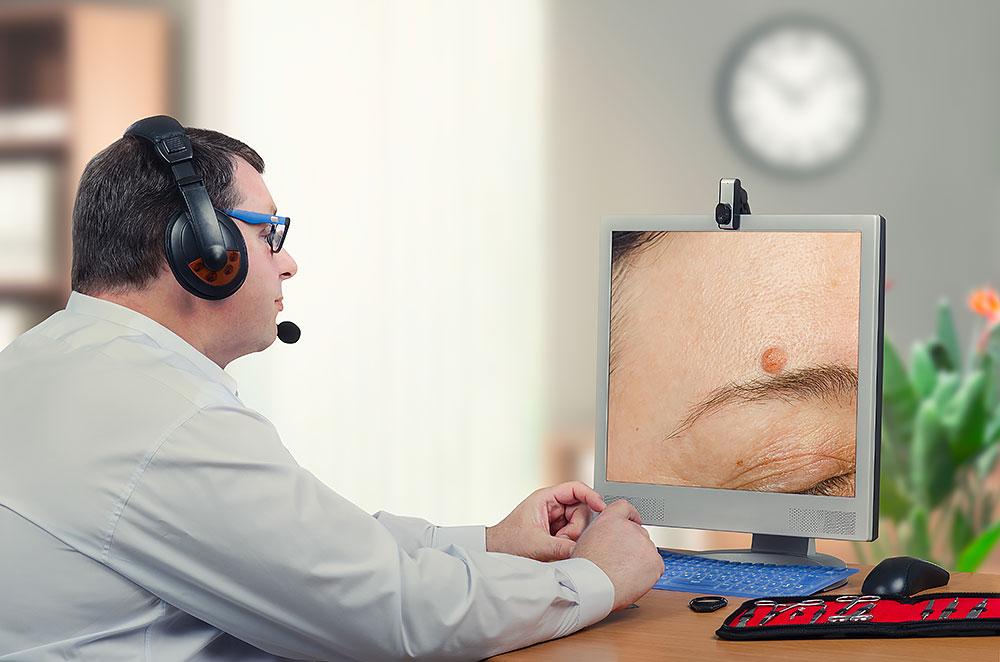Telehealth has surged in recent times, beginning with the start of the COVID-19 epidemic. New analysis shows the use of telehealth has increased 38 times from the pre-COVID-19 baseline of February 2020. During the pandemic, telehealth has provided a way for patients to seek medical care without unnecessary exposure to the virus. Now the model appears here to stay, enabled by these factors: increased consumer willingness to use telehealth; increased provider willingness to use telehealth; and regulatory changes enabling greater access and reimbursement.(1)
The U.S. Department of Health and Human Services offers information on telehealth, including these tips to help virtual health visits run smoothly:
- Write it down. Just like an in-person visit, you will want to write down important information to make the best use of your time with the doctor.
- Make a list of your current medications (or gather the actual bottles).
Write down any symptoms, questions, or concerns you want to discuss during the appointment, so you do not forget them. - If your doctor has requested information, like your temperature or weight, have this information ready.
- Keep paper nearby to take notes about what your doctor says during the e-visit.(2)
In dermatology, a telehealth visit is likely to involve pictures, so that the dermatologist can examine the patient’s concern. The American Academy of Dermatology advises patients to take multiple pictures, that show the entire area around a spot or area of concern. Make sure the pictures are well lit — natural light is best. Do not wear makeup, and if the nails are to be examined, do not wear nail polish. If the concern is in a hard-to-reach area, such as the back, ask for help taking pictures. Avoid taking a hot shower or applying skin care products prior to the appointment.(3)
While telehealth is convenient for dermatology patients, some care cannot be provided remotely – full physical examinations, total body skin exams, and of course procedures such as biopsies. “Still telemedicine remains most potent in its ability to triage care, manage existing chronic conditions, and care for patients from a distance – such as when a patient lives far from their specialist or is quarantined.”( 4)
(1) Bestemmyy, O., Gilbert, G., Harris, A., et. al., McKensey & Company, Telehealth: A Quarter-Trillion-Dollar Post COVID-19 Reality, https://www.mckinsey.com/
(2) U.S. Department of Health and Human Services, Preparing For Your Virtual Visit, https://telehealth.hhs.gov/
(3) American Academy of Dermatology, Telemedicine: How to Prepare, https://www.aad.org/public/fad/telemedicine
(4) Lipoff, J., Health Affairs, As Telehealth Surges, Dermatology Brings Experience with Access and Sustainability, https://www.healthaffairs.org/


